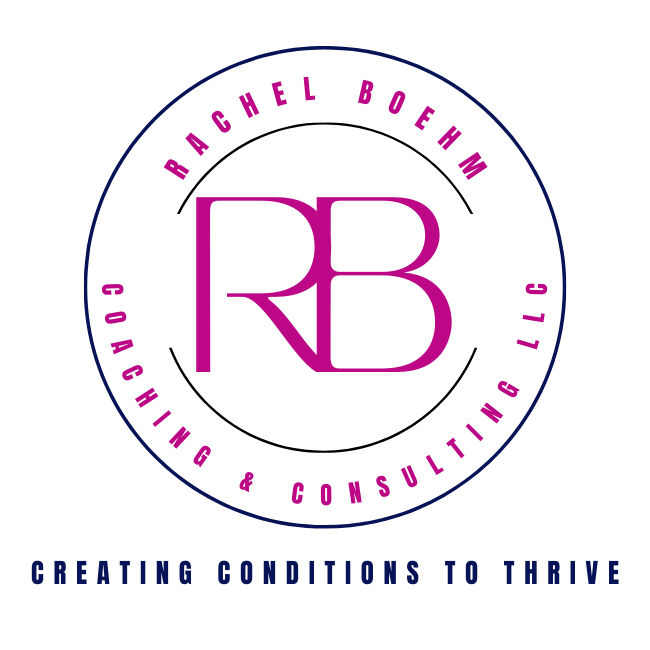This is Why Your Resolutions Fail, and What to Do About It
Make it stand out
The towel bar in my downstairs bathroom has been off the wall for longer than I’d like to admit for the same reason you haven’t started that workout routine or eating plan or skincare routine or “time management strategy” that the experts promise will change your life.
Ambivalence.
I’ve written about it before, but we need to go a bit more in-depth because you experience it with every single change you want to make, big or small. And it can severely hold you back if you don’t overcome it.
Ambivalence is defined by Merriam-Webster as the "simultaneous and contradictory attitudes or feelings (such as attraction and repulsion) toward an object, person, or action”.When it comes to behavior change, it’s basically: “I want to….and I don’t want to…”. Or I want to have the results or after-effect, but I don’t want to do the action(s) to get me there. So for my towel bar. I’d like it fixed. I know how to fix it. It won’t take much time. But it will take just enough time and disruption to my normal routine that I don’t really want to make the effort to fix it. Because there is a shelf to place the towel instead, my pain point isn’t pushing me out of ambivalence and into action. Relatable? I’d love to hear what your “towel bar” is. For now, I’m going to assume it’s one of the most common I work with my clients on: skincare products and routines, exercise, nutrition, sleep, stress management routines, and general time/energy management. Of course, I save the best tips and methods for my clients, but here are a few things I can share.Why Do You Experience Ambivalence?
Everyone experiences some ambivalence with every choice of change. Change by design takes you out of your comfortable, familiar place and into the unknown. Even if you think your life will be better when you hit a certain weight, for example, you don’t really know what life at that weight is like. You don’t know how you will feel, if you’ll be able to sustain it, if you’ll really be happy. And so you say you want it, but you don’t really go for it consistently because you’re afraid of the discomfort. This was me for a long time. Change is also, as I said, a disruption. So just logistically it can be overwhelming because we like and need our routines. Especially when we are already overwhelmed by the daily grind that we are currently in. The thought of change, even towards a positive destination, seems hard. This is why some clients order their new skincare routine but don’t immediately take it out of the box and start using it. It’s out of their routine. Of course when they do, they always text me and say, why didn’t I do that sooner?!Finally, ambivalence can feel like a tug between two value systems. For example, wanting to exercise before or after work to feel better in your body, and also wanting to be at home with your family because you want to be a good parent/spouse. Which do you choose? Yourself or your family? As a coach, I help you work through these decisions. How Do You Overcome Ambivalence?
Most people think they need to eliminate the ambivalence. But really, acknowledging it and accepting it is more powerful.When you understand what the true barriers are to your change, you can then realize how to address them. For example, the person who wants to exercise and spend time with their family. Can they do both? What if after work and school the family goes on a neighborhood walk before dinner and homework? What if you walked while your kids were at their sport practice? What if you reframed exercise into something that was selfish and was actually making you a healthier parent so you could live longer and be more active with your kids and grandkids? By acknowledging the competing values, you can find a way to honor both. What if it’s not a value tug-of-war and more a logistical disruption, like my towel bar? Well, I have now realized that the pain point isn’t high enough. That’s my ambivalence barrier. This is because there is a shelf alternative and because I don’t see that towel bar enough, because it’s in the basement, for me to care to the same degree that I would if it was upstairs. So, how might I coach myself through this? Well, I might realize, that I have now spent more energy putting it off than I would have just fixing it. And then just do it. I might attach the chore to something I want to do, like listening to music or an audiobook. Or, I might simply accept that I don’t care enough right now and wait until I had company coming. And by accepting that I’m not ready to deal with it, I can stop beating myself about it. That is another option. Deciding you are not ready for change is actually more responsible than trying to beat yourself into it. When you acknowledge and respect your ambivalence you can make the decision and action plan that will lead to sustainable change. When you ignore it, you settle for superficial “why’s” and ways that don’t resonate deep enough to become sustainable paths to change.If you want to go deeper, let’s chat. “The mental mist of ambiguity and the fog of ambivalence hamper human existence.”― Kilroy J. Oldster, Dead Toad Scrolls"Ambivalence is like carbon monoxide - undetectable yet deadly."― Cherie Carter-Scott


